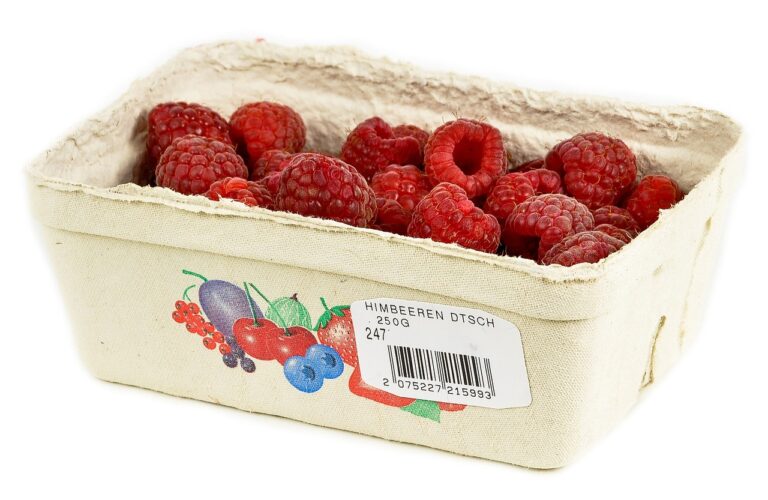Online Reservations and Virtual Queues: Enhancing the Restaurant Experience
Restaurants should consider implementing virtual queues as a modern solution to manage customer flow effectively. In this digital age, customers expect convenience and efficiency in their dining experience. By utilizing virtual queues, restaurants can streamline the seating process and reduce wait times for patrons, leading to increased customer satisfaction and loyalty.
Moreover, virtual queues offer restaurants the opportunity to gather valuable data on customer preferences and behaviors. By capturing information such as peak dining hours, popular menu items, and customer feedback, restaurants can make data-driven decisions to enhance their operations and offerings. This valuable insight can help restaurants improve service quality, optimize staffing levels, and ultimately boost their bottom line.
Benefits of Virtual Queues for Both Customers and Restaurants
Virtual queues offer numerous advantages for both customers and restaurants. For customers, one of the primary benefits is the ability to join the queue remotely, eliminating the need to physically wait in line. This not only saves time but also enhances the overall dining experience by allowing customers to relax or explore the surrounding area while waiting for their table.
From the restaurant’s perspective, virtual queues help improve operational efficiency by streamlining the guest management process. By digitizing the queuing system, restaurants can better manage their waitlist, optimize table turnover, and reduce crowding in the waiting area. This leads to increased customer satisfaction and loyalty, as well as potential revenue growth for the establishment.
How Virtual Queues Work in the Restaurant Industry
Virtual queues in the restaurant industry operate by utilizing technology to manage and organize customer waitlists more efficiently. Customers can simply join the queue remotely through a mobile app or website, eliminating the need to physically wait in line at the restaurant. Once a table becomes available, customers receive notifications on their devices, prompting them to head to the restaurant and be seated promptly.
Restaurants benefit from virtual queues by reducing congestion and chaos at the entrance. Hosts can better anticipate table turnover and wait times, allowing for smoother operations and improved customer service. Additionally, virtual queues enable restaurants to capture valuable data on customer traffic patterns and preferences, aiding in the optimization of seating arrangements and staff scheduling.
How do virtual queues benefit customers?
Virtual queues allow customers to join a waitlist remotely, saving them time and eliminating the need to physically wait in line at the restaurant.
How do virtual queues benefit restaurants?
Virtual queues help restaurants manage their waitlist more efficiently, improve the overall customer experience, and increase operational efficiency.
How does a virtual queue system work in the restaurant industry?
A virtual queue system allows customers to check the wait time, join the queue remotely via an app or website, receive notifications when their table is ready, and track their place in line.
Can customers make reservations through virtual queues?
While virtual queues are not the same as traditional reservations, some systems may offer the option to schedule a specific arrival time to reduce wait times.
Are virtual queues user-friendly for customers?
Yes, virtual queues are designed to be user-friendly, with easy-to-use interfaces that allow customers to join the queue, receive updates, and manage their wait time efficiently.







